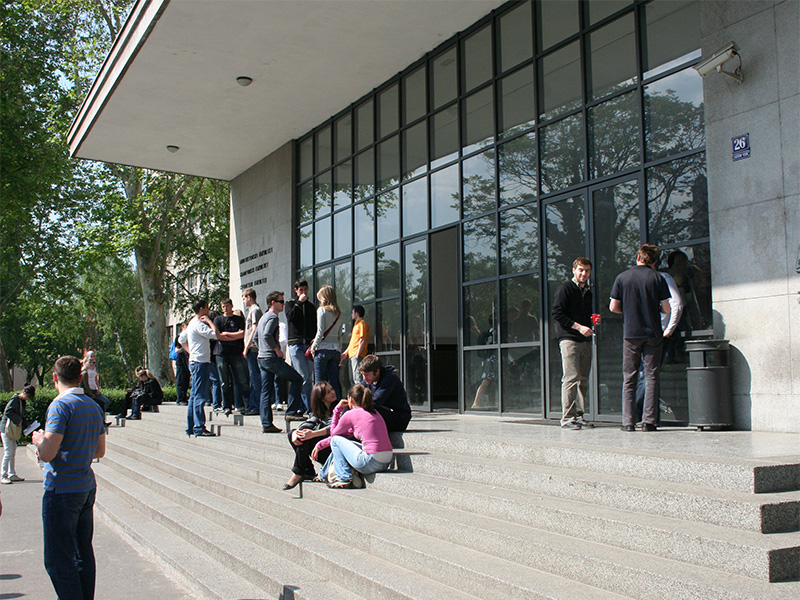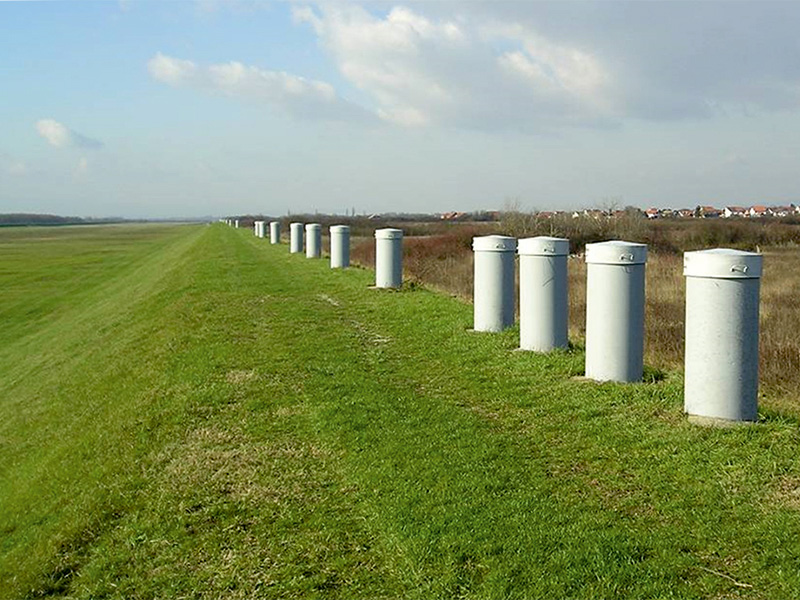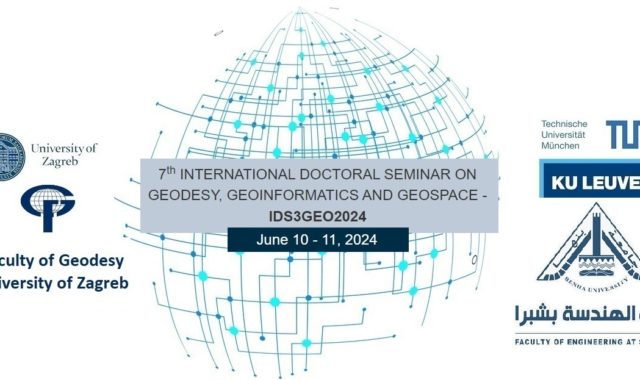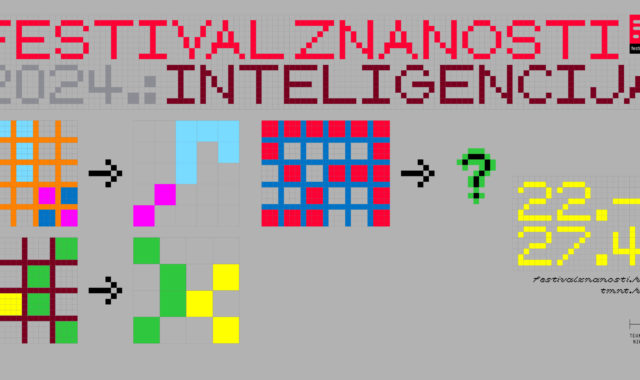
Studijski programi
Geodetski fakultet visoko je učilište iz znanstvenog područja tehničkih znanosti, polja geodezije. Na Geodetskom fakultetu organiziraju se preddiplomski, diplomski, poslijediplomski doktorski i poslijediplomski specijalistički studij geodezije i geoinformatike.











 GEOF - Facebook
GEOF - Facebook  GEOF - Instagram
GEOF - Instagram  GEOF - Linkedin
GEOF - Linkedin  GEOF - Twitter
GEOF - Twitter  GEOF - YouTube
GEOF - YouTube  350. godina povijesti Sveučilišta u Zagrebu
350. godina povijesti Sveučilišta u Zagrebu  Merlin - sustav za e-učenje
Merlin - sustav za e-učenje  E-učenje
E-učenje  Outlook GEOF mail
Outlook GEOF mail  Studomat
Studomat  Nastavnički portal
Nastavnički portal  Energetska učinkovitost
Energetska učinkovitost  GEOF TV
GEOF TV  AMCA GEOF
AMCA GEOF  AAI@EduHr
AAI@EduHr  ISVU
ISVU  CARNet - Upute
CARNet - Upute  SRCE
SRCE  Eduroam - Installer
Eduroam - Installer  X-ica
X-ica  Savjetovanje i podrška studentima
Savjetovanje i podrška studentima